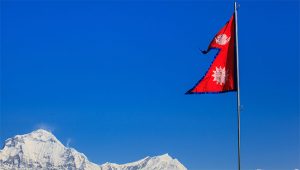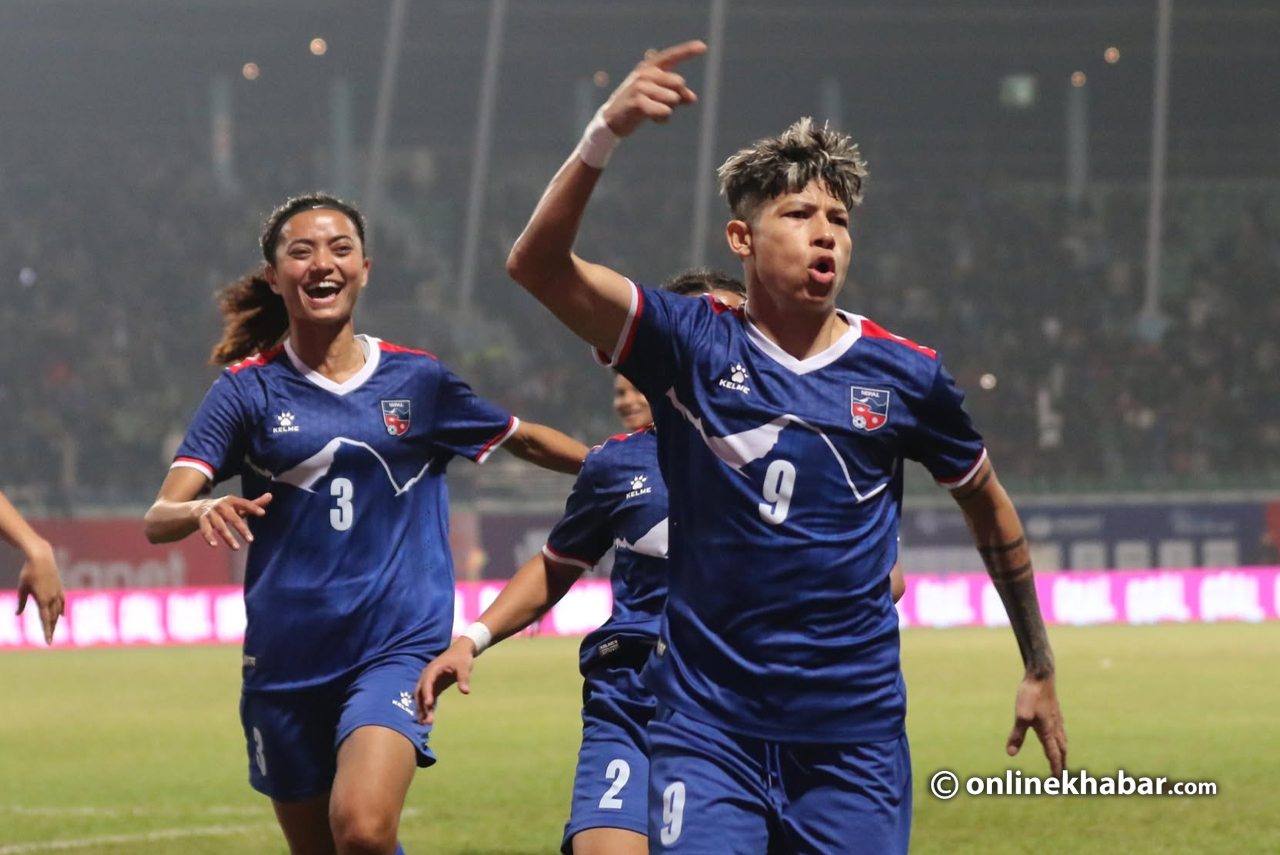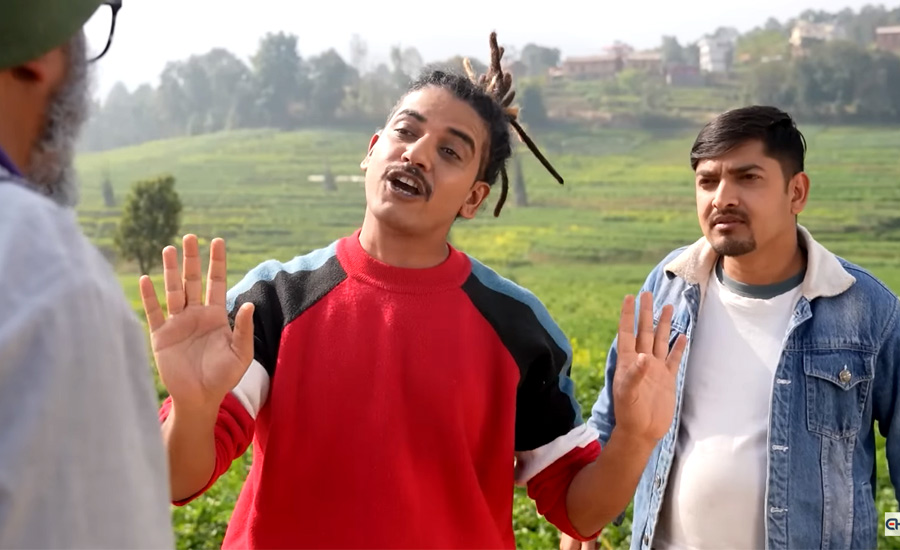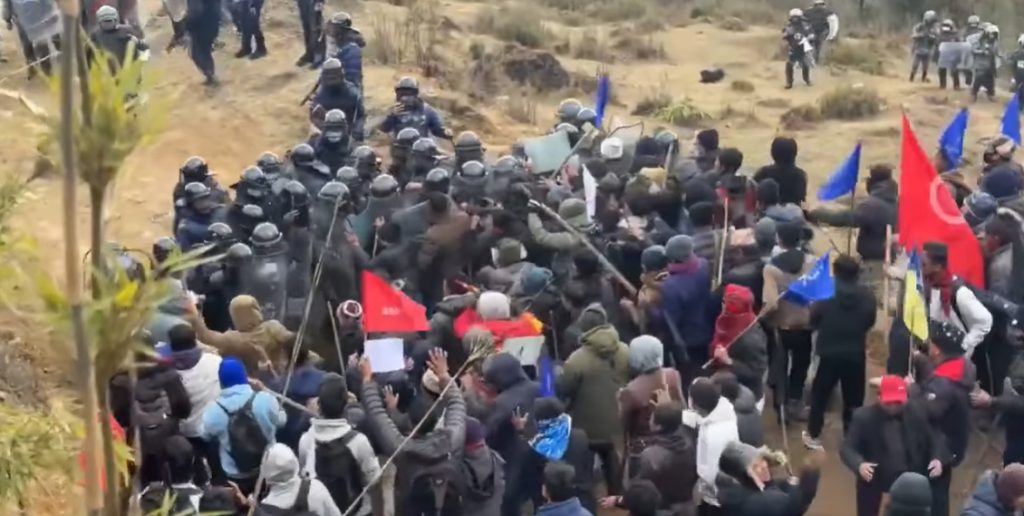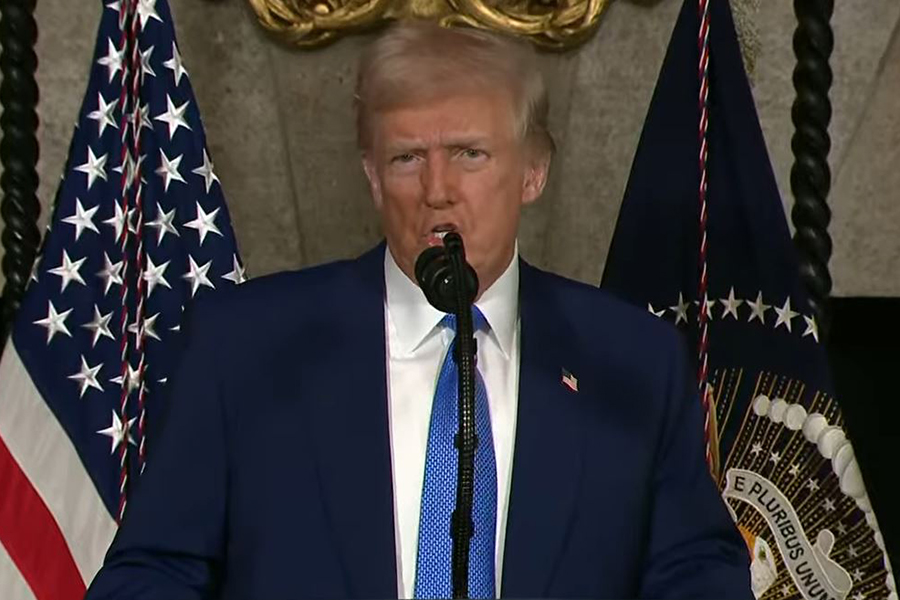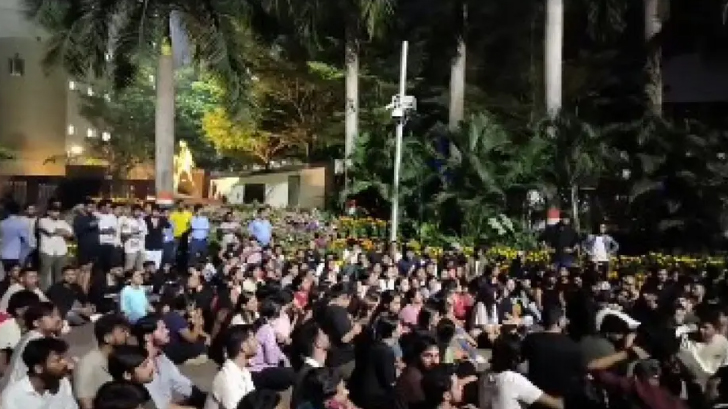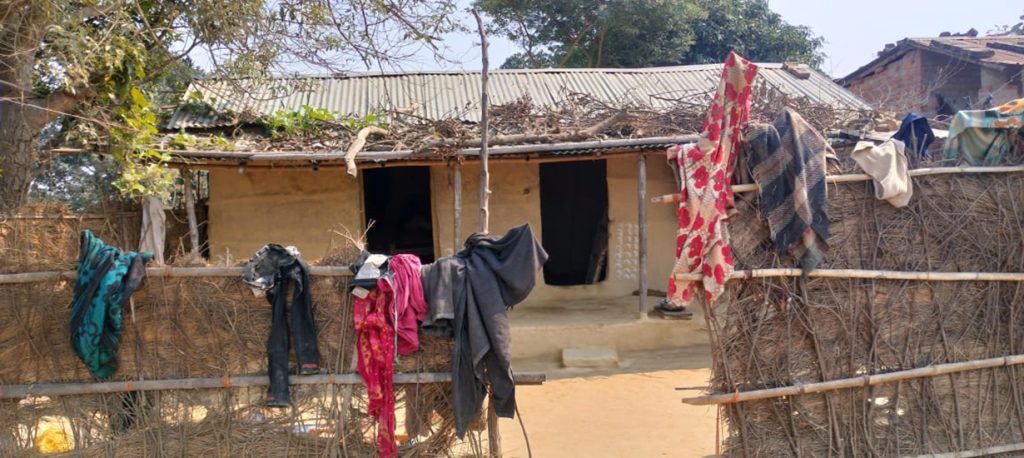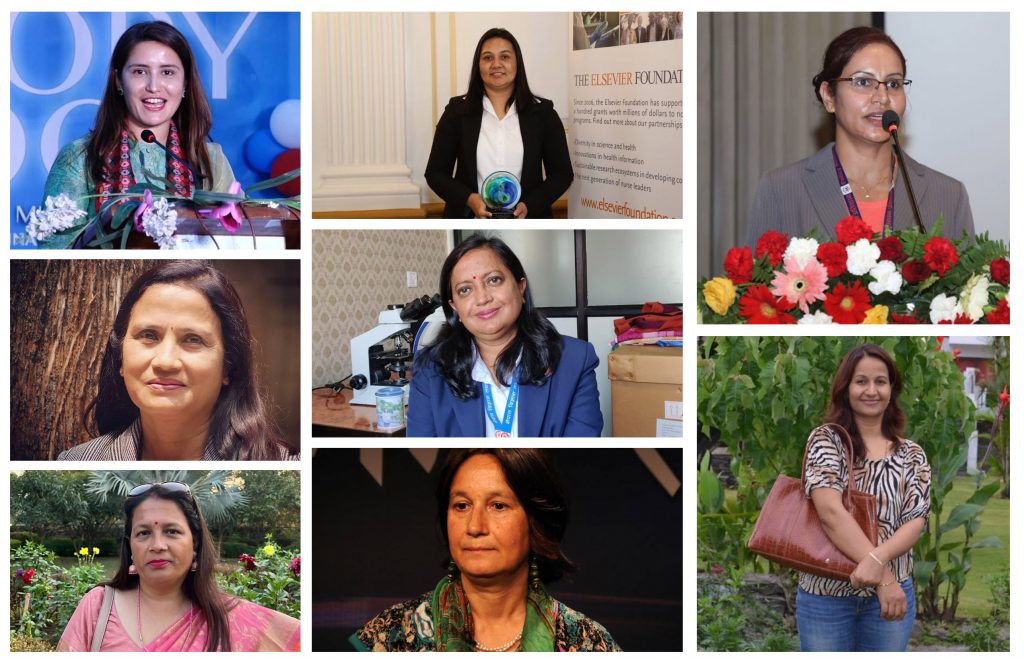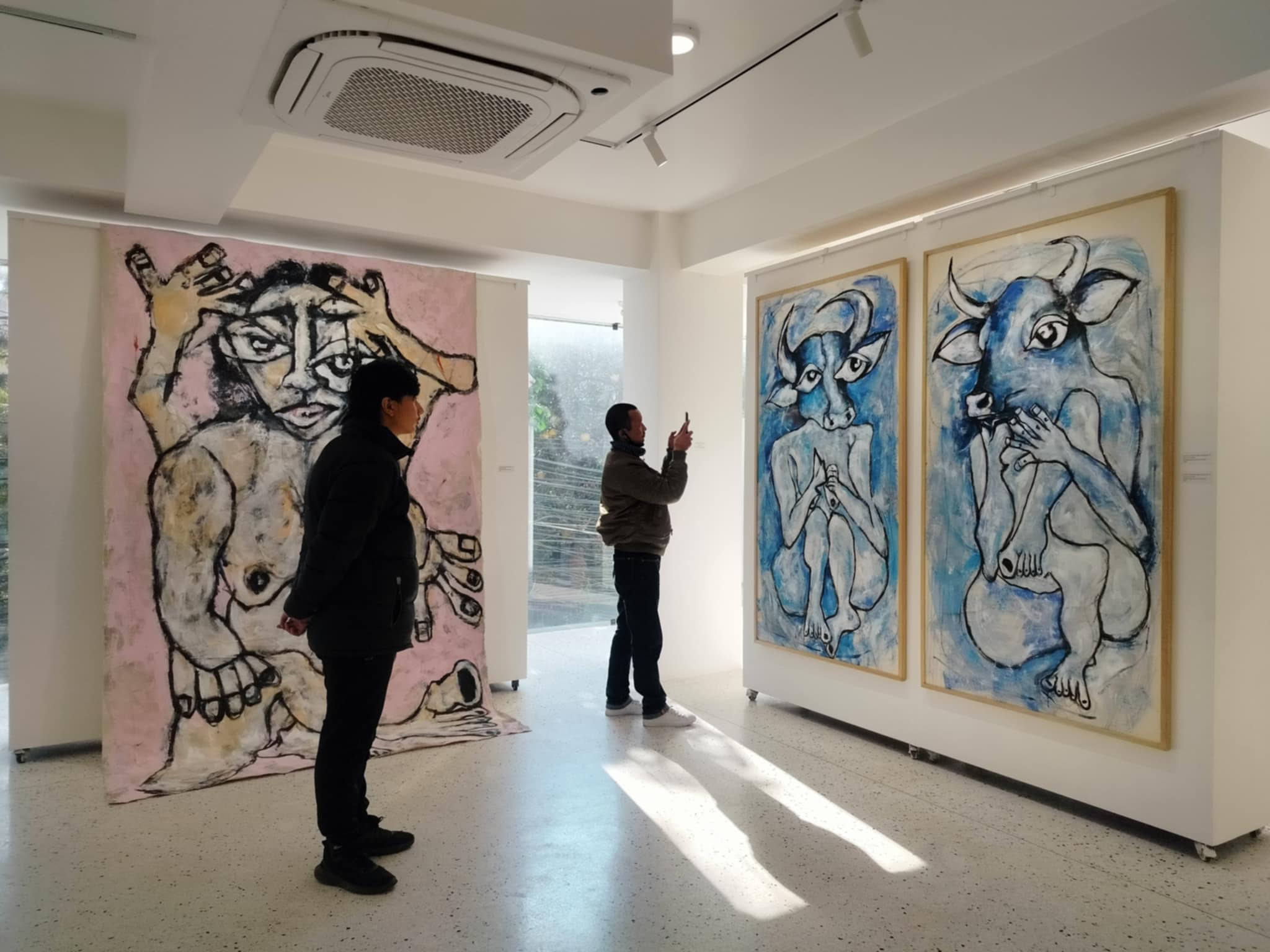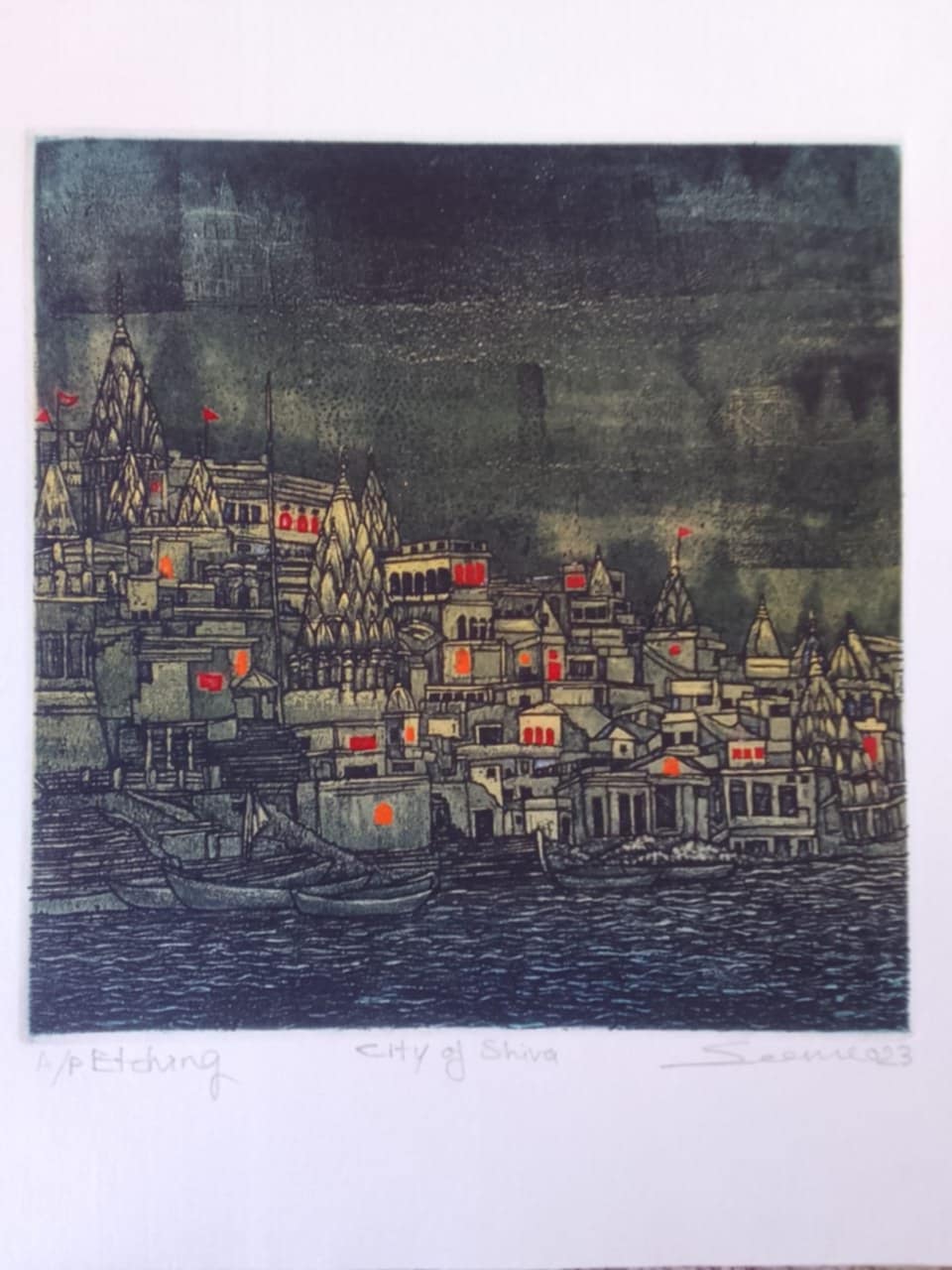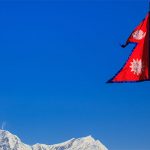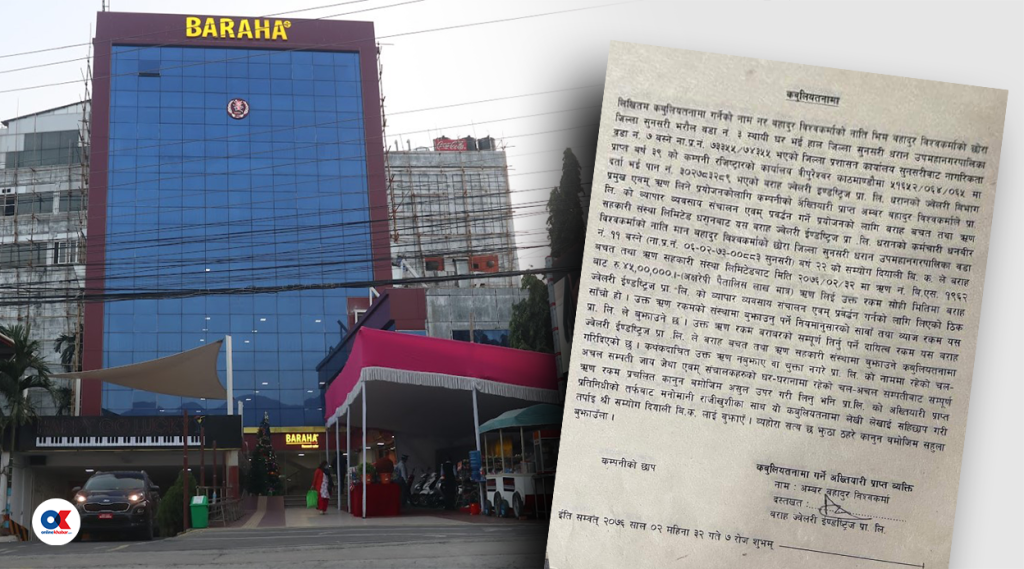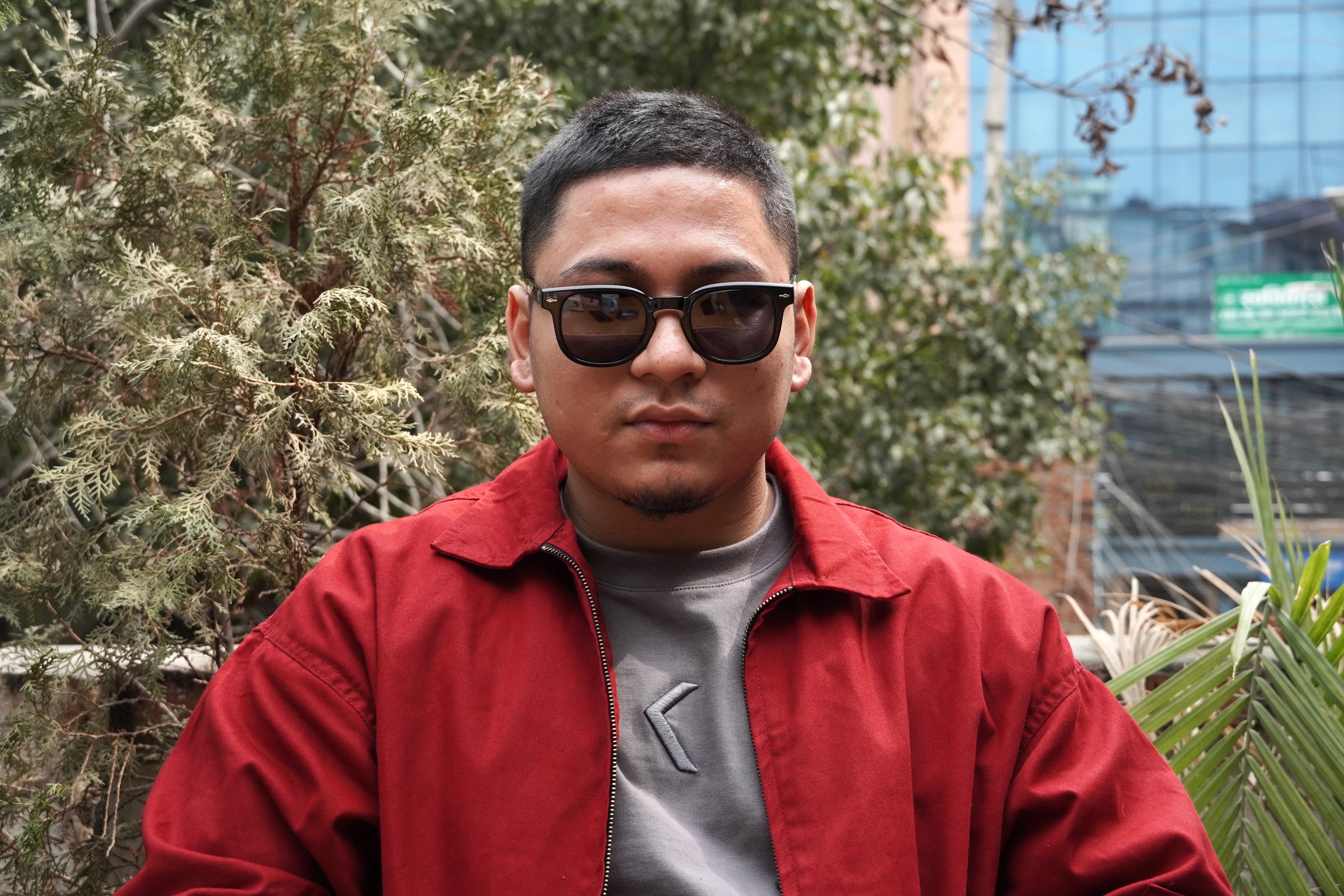During my most recent visit to the Madhesh, I spent a few days in Birgunj, Simara, Lalbandi, Bardibas, Janakpur and Rajbiraj. There were a few things that came as surprise.
In peaceful Birgunj, it’s wedding season
I had been to Birgunj before also, but during my last visit, it looked like a battle zone; there was not a single car on the road, and everywhere I went, I saw army, police, people and closed shutters. That is why this time around also, I had made up my mind that I would encounter a similar situation in Birgunj. When I got out of the ariport, I got a cab, which offered me a ride to Birgunj Ghantaghar. On my way to Birgunj, I could not see any ‘andolan’. None of the shutters were closed. Light vehicles were plying, and everything looked normal.
I asked a protester, they say the andolan is Birgunj-centric, but I see that everything is back to normal. The protester said, the protesters have not tired, the people are tired, this is wedding season.
So where is the andolan? I went to the border crossing. There I saw people from different political parties sitting down. One woman showed me her bandaged hand, “Some goons attacked me.”
I only saw 15-20 people picketing the border crossing on Miteri bridge. I saw that people were crossing from under the bridge. I saw tempos, e-rickshaws make their way till the crossing.
I asked them, there are only 15-20 people here, is that it? What was actually happening was that the 20 represented 20,000. A few days ago when people from across the border attacked the protesters, thousands of people showed up in support. When the protesters call for support, I saw that thousands of people show up. It would be suicidal for Kathmandu, and Baluwatar in particular, to think that there are just 20 people enforcing the blockade. Thousands of people identify themselves with the protesters. This was surprising to see.
I talked to the leader there. Forum’s Pradeep Yadav is there, I talked to him at length. He said the people are confused because the Morcha leaders’ visit to Delhi sent a message that New Delhi wants the blockade lifted. The leaders went to Kathmandu, they did not come here. This is one of the reasons why the andolan has slowed down, he said.
The other important thing (Yadav said) was that the agitators allowed the schools to reopen in the morning. But they could not go to school because of the cold, so we decided at the district-level to allow schools to run even during the day.
Business people in Birgunj also have their qualms. All other crossings are open, there is no andolan there. Why only us? How long will we have to bear losses?
I left Birgunj, crossed Simara, I saw no signs of the andolan. Everything is as usual, vehicles are on the road.
The other thing to be noted is that gas cylinders and fuel jerry cans find their way through the smaller crossings. On night buses, you find more jerry cans less people.
The people say there is no shortage in Kathmandu, because everything is going there. They may have to pay a bit extra, but there is no shortage. The shortage is in the Tarai, we cannot afford anything.
Stopping by the Churiya
I was on a private vehicle, and there were no signs of any obstruction. What was going on is that if you have a poster on a vehicle saying that it the bride and her groom are on board, the protesters let you pass. I was on one of those vehicles.
I was hungry when we reached Lalbandi, and I wanted to have samosa. My travel companion, a local leader who was wearing a kurta, wanted to get off, but he said, “They will say oh you are the ones enforcing the bandh.” He was afraid. I told him I would go get the samosa, but the driver did not let me go.
That night we stayed in Bardibas. They asked me, we are in Churiya area, would you still spend the night here. Yes, I will. I stayed the night there.
In Mahottari, the two questions I faced
The next day I went to Mahottari. This is also my own district. There was a discussion inside the building of FNJ. This was one of the places where police suppressed agitators during the Jaleswhor movement, mercilessly.
What was surprising for me there was that the last time I was there, the people were least bothered about politics. But this time, even an 80-year-old was interested in politics.
There I had to face two major questions. One question was, we raised the issue of a Madhesh pradesh, they are not giving it to us; so why not talk about a separate desh (country)?
I said, what is a country? It is to have one’s own parliament, executive and judiciary. Federalism gives all these things in the form of the Pradesh Assembly, High Court and ministries. You can even form your own police. I told them to have a look at the annexure of the constitution.
Now transform this ‘Number 2’ pradesh into a state like UP where no one can become the Prime Minister of India without winning. I told them to look at the population of the state. If it is stretched just a little bit, 80 per cent of all business will take place in this state. It has already been proven that when Birgunj is shut, Nepal’s lifeline is shut. Now this state’s Chief Minister can tomorrow become the Prime Minister of Nepal. This is the autonomy and self-rule that you want. Create conditions so that the whole country depends on the state, I said.
I gave the example of Sri Lanka. There was war for 30 years, thousands lost their lives. But in the end what happened to the andolan? It ended. For this, the path you are talking about is wrong, we should not go for it.
The second question was about resorting to violence. Some youths said they want to raise arms against the state. I told them politics of violence does not good. Look at Tibet, Dalai Lama’s andolan is non-violent, that is the reason it is ‘legitimate.’
Because our voices were not reflected in the constitution, India did not welcome it. Because our andolan is peaceful, the US, UK, EU and the UN sympathise with us. If you had talked about raising arms, no one would have sympathised.
The other thing is that if you fight the state with 400 guns, the state will fight back with 400,000 guns. For now, this might seem difficult, but in the long-run it would be easy. If you take that route there will be encounters; look at the fate of the armed groups in the Tarai in the past. That is why our means should be peaceful.
Janakpur responds to army
When I was in Janakpur, preparations were on to welcome the President. Everyone was saying that the President was coming to provoke the agitators. When I reached there, the army was taking photos of local houses. People were angry. There was unprecedented security in the area.
When people feel they are powerless, that is when they rebel. This was proven on Wednesday.
The President’s visit added fuel to fire. If an incident happens in any part of the Madhesh, it spreads like wildfire. After the Janakpur incident, there were protests in areas like Bhardaha.
There is one thing characteristic of the Madhesh, people get irritated when they see blood. On top of that the sense that it was carried out by the Pahadi state spreads even faster. Personally, I feel that the President should not have gone to Janakpur.
During the clashes between police and the protestors, even Indian nationals were injured. They were on a pilgrimage to Janakpur. In the past, business worth Rs 10 million would take place in Janakpur on Biwaha Panchami. This would shoulder the local economy for six months. But the people have now seen that the same level of business may not be there next year. People were afraid, they were agitated.
Dissatisfied policemen in Siraha
I spent some time in Siraha. In the past, the Madhesh movement would be centered around Lahan. But this time it was so-so. But what was new was that in areas where forces have been deployed under a Madheshi, an extra officer has been sent from Kathmandu. It seemed that the officials did not trust the Madheshis.
For example, the DSP stationed in Lahan is a Madheshi, and another DSP has been sent to the same station to lead police activities in the area.
Rajbiraj lies in wait
After that, I went to Rajbiraj. There I talked to Morcha leaders. Sadbhawana’s Dipendra Chaudhary, who is at the forefront, said protestors are confused after the leaders’ Delhi visit. He said they were waiting for a new programme.
I also met Forum Nepal’s Sailendra Sah. I noted 3-4 things he said. First, the district-level leaders and central leaders are not communicating well, that is why the local leaders are confused. Even if there was communication, it was with Delhi. If the leaders had said ok, that is not acceptable to us, we could have gone ahead. But they are not in a position to answer to the local people.
The other thing I noted was that he said, “The andolan is running by the grace of god.” It is moving ahead by using local resources. The leaders are also in a fix: if they do not continue, they face an existential crisis, of they do, they have no resources.
Third, they are waiting for new programmes. And, fourth, how long is the andolan going to last? It is cold, and it is wedding season. That is the reason the andolan has slowed down, said Sarbhendra ji.
Lest Kathmandu think the andolan has subsided
Kathmandu should not think that the andolan in the Madhesh has subsided. Under a dense fog, a fire may not be visible, that is the message from Janakpur.
The Madheshi community has one character: it has always been proving Kathmandu’s perspective wrong, and coming up with surprises. Once again, it has proven Kathmandu’s hunch that the andolan has subsided wrong.
When the constitution was being passed, no one would have thought that such an andolan will happen in the Madhesh. But the andolan has gone on for 120 days, and Kathmandu has been proven wrong. Perhaps, if the leaders could see an andolan like this happening in the future, they would have addressed the grievances of the Madhesh.
Perhaps, Girija Prasad Koirala had thought there would not be any protest if the Interim Constitution remained silent on federalism. But protests happened.
That is why my wish is that Kathmandu does not fall into a delusion, and it acts in a rational and logical manner to accommodate the demands of the Madhesh.
(Edited excerpts from a conversation with Jha)




